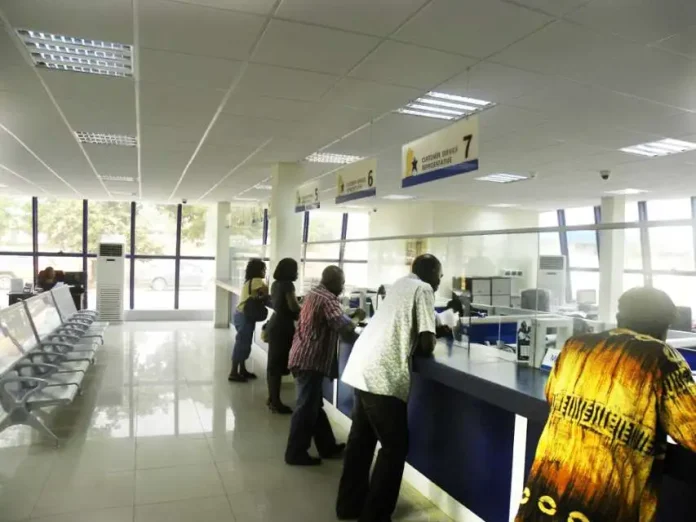Ghana’s banking sector is thriving with record profits, yet the real economy faces a silent crisis as businesses struggle to access meaningful credit despite falling interest rates and improved inflation.
The Bank of Ghana’s latest Monetary Policy Report reveals broad money supply growth has been slashed in half to 16.6 percent in August 2025 from 37.1 percent a year earlier, a testament to aggressive monetary tightening. But beneath this success story lies an uncomfortable reality: real private sector credit expanded by merely 1.7 percent once adjusted for inflation, barely enough to keep pace with business needs, let alone fuel meaningful expansion.
It’s the economy’s cruel irony. Banks are enjoying their best performance in years, posting stellar profits while simultaneously pulling back from their core function of financing productive activity. The sterilization strategy, designed to mop up excess liquidity and consolidate inflation gains, has worked brilliantly on paper but may have choked off the credit channel precisely when Ghana’s recovering economy needs it most.
Average lending rates have fallen to 24.2 percent from 30.8 percent in August 2024, yet businesses remain hesitant to borrow and banks cautious about lending. This suggests the problem isn’t just price; it’s confidence. Companies aren’t convinced the recovery is sustainable enough to justify taking on debt, and banks aren’t convinced businesses can service loans in an environment still marked by uncertainty.
The central bank’s toolkit has proven effective at controlling money supply. Net Domestic Assets growth slowed to 7.7 percent from 10.6 percent, while Net Foreign Assets growth collapsed to 8.8 percent from 26.5 percent year over year. The cedi’s appreciation further tightened liquidity by reducing the local currency value of foreign assets.
But monetary discipline alone won’t build factories, expand payrolls, or generate the tax revenues government desperately needs. Total gross loans and advances grew by only 10 percent in August 2025 compared with 19.7 percent previously, suggesting the financial sector has become risk averse at exactly the wrong moment.
Private sector credit now accounts for 95.5 percent of total outstanding loans, concentrated in services, commerce, finance and manufacturing. Yet even with this dominance, business confidence rose to 107.5 in August 2025 from 105.5 in June, the appetite for credit remains suppressed.
The Bank of Ghana has successfully guided inflation toward its medium term target band of 8 ± 2 percent, with prices falling to 9.4 percent in September 2025. That’s a remarkable achievement given recent fiscal turbulence. But central bankers now face a delicate question: how do you stimulate lending without undermining hard won price stability?
Ghana risks winning the inflation battle while losing the growth war. A 1.7 percent real credit growth rate won’t power the economic transformation the country needs. Unless banks and businesses can be coaxed back into a productive lending relationship, monetary success may come at the cost of economic stagnation.
The challenge ahead isn’t technical; it’s psychological. Rebuilding the confidence necessary for robust credit growth while maintaining monetary discipline will require careful policy calibration. Ghana’s economic future may depend on getting that balance right.
Source: newsghana.com.gh











